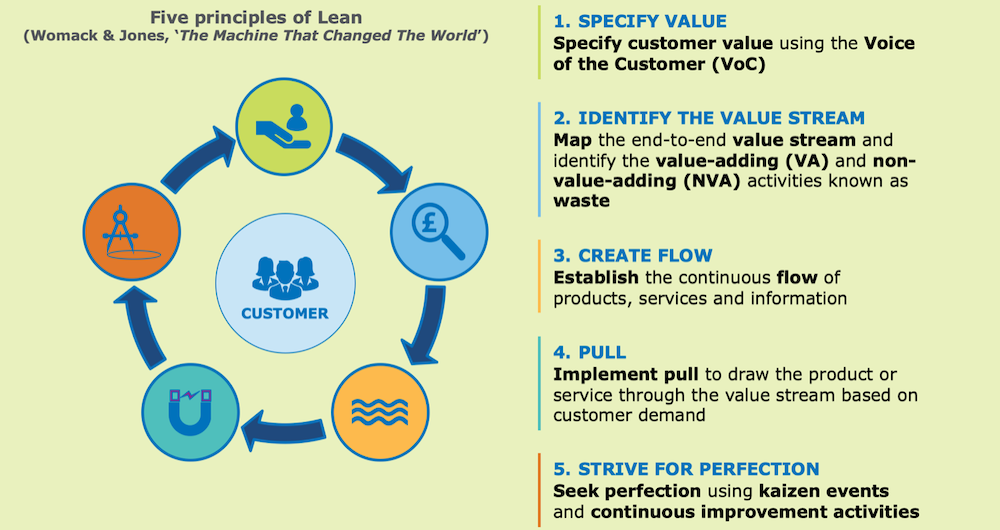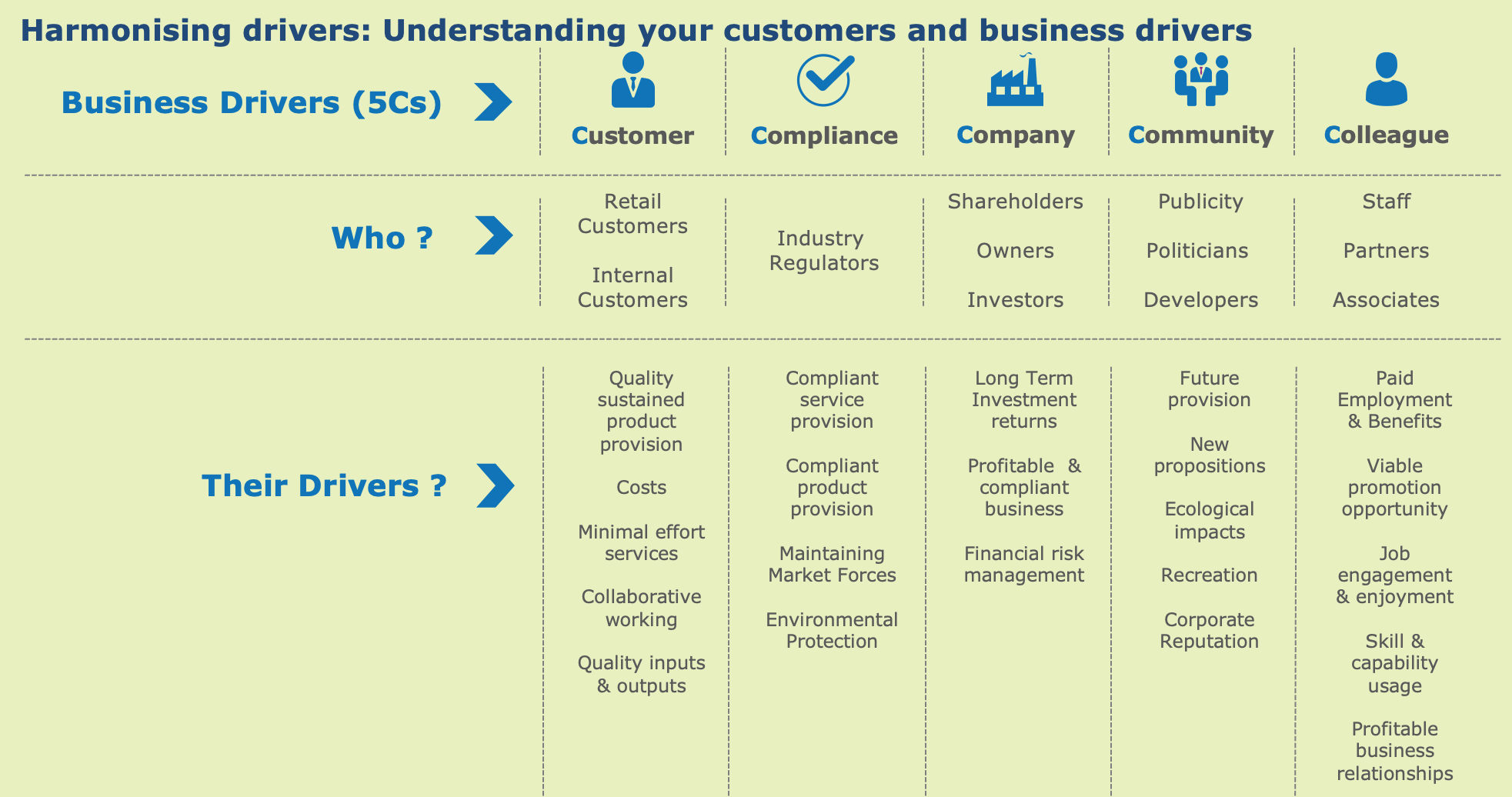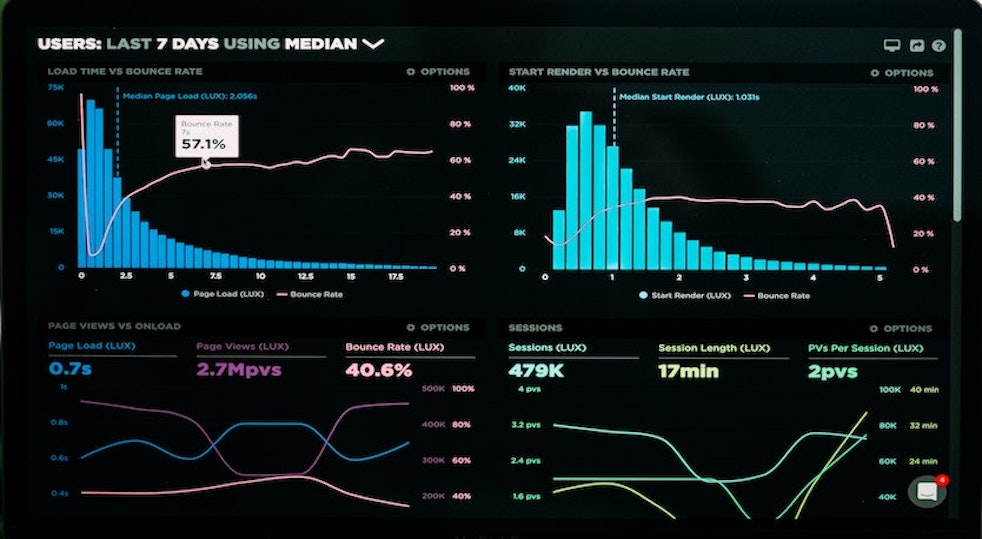To complement our series of QuickReads covering measurement, we will now explore the various data…

ChangeWise Quick Read: 5 Principles of Lean Part 5/5 Strive for Perfection
Following on from our previous Quick Reads where we looked at Lean Principles 1, 2, 3 & 4: Specify Value, Identify the Value Stream, Create Flow and Pull, we are now ready to take a look at the final Principle: Strive for Perfection.

What is meant by Strive for Perfection?
A Continuous Improvement (CI) mind-set is essential in creating a Lean culture. It involves the incremental improvement of products, processes or services over time, in order to eliminate waste, improve workplace functionality, increase customer satisfaction and enhance product performance.
Strive for Perfection is the most important Principle – failing to master perfection is the single most likely cause of rework, customer dissatisfaction, and excess admin cost.
How do I implement Perfection?
Once you understand where the value exists in your process, have your value streams identified, waste removed and flow and pull introduced – you can begin the process again. Perfection involves constantly striving for improvement through small, incremental enhancements that are centred around customer value.
However, it is important to note that a Lean organisation is not achieved overnight and can take many years to perfect. It involves collaboration from everyone – from senior and middle management to front-line staff.
What sort of things make an organisation Lean?
Successful Lean organisations will have mastered the following:
- Communicating their vision to ALL employees. Company Goals and priorities are cascaded to all employees consistently and continuously.
- Focusing on their Customer: A Lean organsation will drive a customer-centric culture, where all are encouraged to consider who might be classified as a customer in the value stream – and what value means to those customers. This is often achieved through using the 5C method:

- Creating metrics that support the company Vision and Goals. Operational and Business Support Teams have access to a set of agreed Key Performance Indicators that show how their daily activity supports the overall Vision and Goals.
- Providing Lean Training. For all employees to embrace a Lean culture, it is important to ensure everyone understands the value of Lean tools and techniques and how to apply them.
- Creating an environment of Psychological Safety. For real innovation and success, staff must work in an environment where they can challenge the status quo, speak up about new ideas, ask questions, raise concerns and highlight mistakes – without fear of humiliation or blame.

Photo by Jason Goodman on Unsplash
- Removing silos and seeing the value stream. Lean organisations challenge the traditional silo operational model of departments and functions, opting instead for value streams defined by the flow of information or product journey – as experienced by the customer.
- Living Lean! Any company can implement Lean tools – but a successful Lean organisation will embed them and support employees in living the lean philosophy daily!

Photo by ThisisEngineering RAEng on Unsplash
In Summary:
The Five Principles of Lean are Specify Value, Identify the Value Stream, Create Flow, Pull and Strive for Perfection. The idea is that the principles build on each other to create a cycle of continuous improvement. Implementing these Principles has many benefits, including greater productivity, flexibility and responsiveness, improved quality, reduced defects and lead-times, along with increased customer satisfaction and improved staff morale.
The 5th Principle of Perfection is the most important. Constantly striving to master perfection will lead to a culture of continuous improvement and ensure your business is constantly adapting to its environment – making sure you remain competitive.
Have we got you interested? If you would like to know more, get in touch with the ChangeWise teamat info@changewise.co.uk
ChangeWise believes employee engagement is the foundation for successful Change. Training and coaching your people to use simple continuous improvement techniques will enable your organisation to continuously adapt and stay ahead in a constantly changing and challenging environment.
For updates and interesting Lean Change insights, connect with us on LinkedIn.



